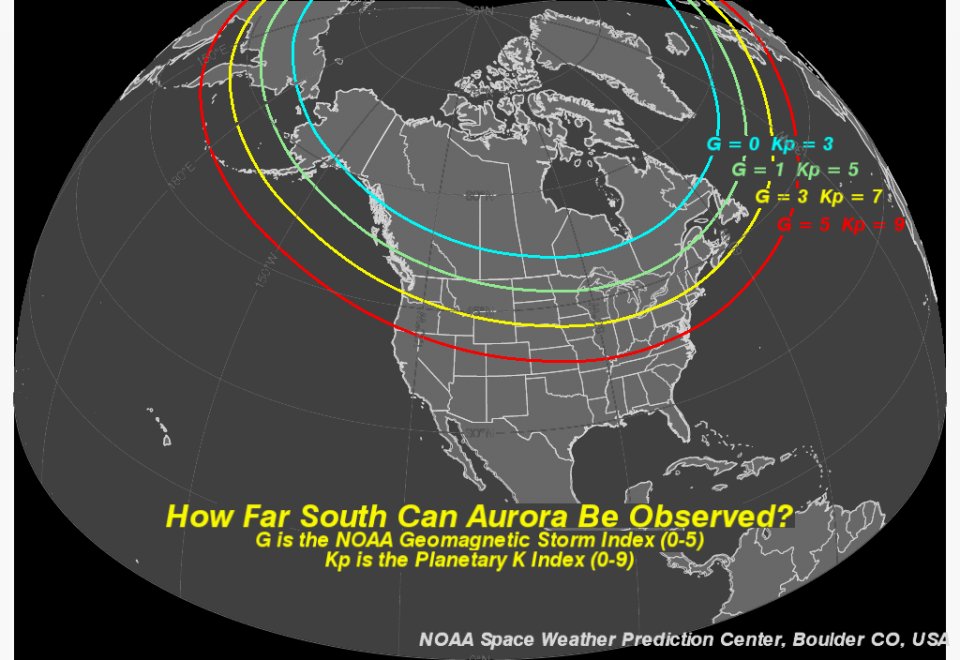A rare glimpse of the northern lights this week for a select few states
(NewsNation Now) — If you notice some communication disruptions this week, a geomagnetic storm could be to blame and for a lucky few states a view of the northern lights.
After several months of rest, the sun has awoken into a period of solar activity. According National Oceanic and Atmosphere Administration (NOAA), a solar flare and Coronal Mass Ejection (CME) on Dec. 7 hurled plasma and magnetic field toward earth.
NewsNation Meteorologist, Gerard Jebaily breaks down all the science.
“The sun will occasionally have powerful storms on or above its surface that shoot large clouds of plasma toward the earth. What is plasma? It is a superheated matter. Lightning is an example of plasma but this event won’t look like Thor shooting lightning bolts from space,” said Jebaily.
He says most of this cloud will instead get shielded by the Earth’s magnetic field.
“You know that thing that makes compasses point north? It does an excellent job at protecting us from solar storms. However, near the north and south poles of the earth, some of that high energy plasma will make it into our atmosphere and cause something really cool to happen. The energy causes the gasses in the upper atmosphere like oxygen to glow in those beautiful colors and patterns known as the northern lights or ‘Aurora Borealis’,” said Jebaily. “It will be very similar to what happens inside a neon light bulb. The neon gas inside the bulb glows when excited by the flow of electricity.”
The northern lights may be visible from Dec. 9-11 in areas that typically don’t get to see them due to the storm’s length. Weather permitting, that means aurora activity could be seen in North Dakota, Minnesota, northern Montana and the upper peninsula of Michigan.
According to the National Oceanic and Atmospheric Administration (NOAA) Space Weather Prediction Center, “a geomagnetic storm is a major disturbance of Earth’s magnetosphere that occurs when there is a very efficient exchange of energy from the solar wind into the space environment surrounding Earth. These storms result from variations in the solar wind that produces major changes in the currents, plasmas, and fields in Earth’s magnetosphere.”
The NOAA SWPC downgraded the G3 it issued earlier to a G1 Geomagnetic Storm Watch for Thursday, Dec. 10. In the map below the green line shows the furthest southward potential for where the northern lights could be observed.

SOURCE: NOAA Space Weather Prediction Center, Boulder CO, USA
While the space weather does create a beautiful light show in the sky, that high energy can also wreak havoc on some of our technology.
“Satellites, wireless communications devices, and even the power grid can suffer outages,” said Jebaily. “One famous solar storm in 1989 led to a 9 hour blackout for 6 million people in Quebec, Canada on a cold winter night.”
The sun goes through a cycle of high to lower solar storm activity about every 11 years.










